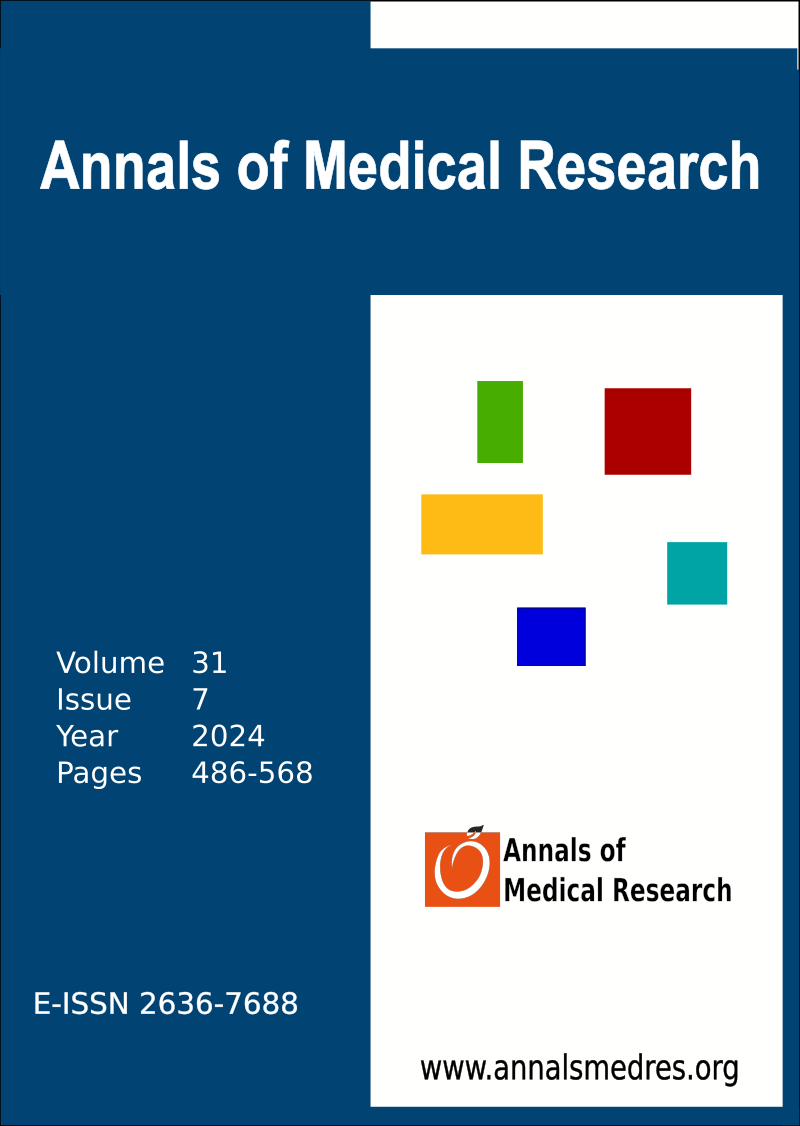The causes of death-censored graft loss among kidney transplant recipients
Keywords:
Chronic allograft nephropathy, Death-censored graft loss, Extended criteria donors, Graft failure, Kidney transplantationAbstract
Aim: This study presents the causes of death-censored graft loss among kidney transplant recipients.
Materials and Methods: Medical records of the patients, who had undergone kidney transplantation at a tertiary center between November 2010 and December 2018, were retrospectively reviewed. Death-censored graft loss was described as an irreversible graft failure signified by return to long-term dialysis (or re-transplantation). Inclusion criteria were: patients who had undergone kidney transplantation, and subsequently lost their first graft, and a follow-up of more than one year after kidney transplantation.
Results: Of 269 kidney transplant recipients, 33 recipients with a mean age of 33.54 ± 15.37 years (17 male and 16 female) were included in the study. The rate of death-censored graft loss was 12.26%. Of graft failures, 3.03% occurred in the hyperacute phase, 18.18% in the acute phase, and 78.78% in the chronic phase. Chronic allograft nephropathy was the leading cause of graft failure (48.48%). Other causes were medical problems (18.18), immunological problems (18.18%) and surgical complications (15.15%).
Conclusion: Identification of the true causes of graft failure described under the heading chronic allograft nephropathy is noteworthy. Comprehensive biochemical, physiological, pathological, immunological, and genetic research should be implemented to remove the obstacles in kidney transplantations.
Downloads
Published
Issue
Section
License
Copyright (c) 2024 Annals of Medical Research

This work is licensed under a Creative Commons Attribution-NonCommercial-NoDerivatives 4.0 International License.
CC Attribution-NonCommercial-NoDerivatives 4.0






